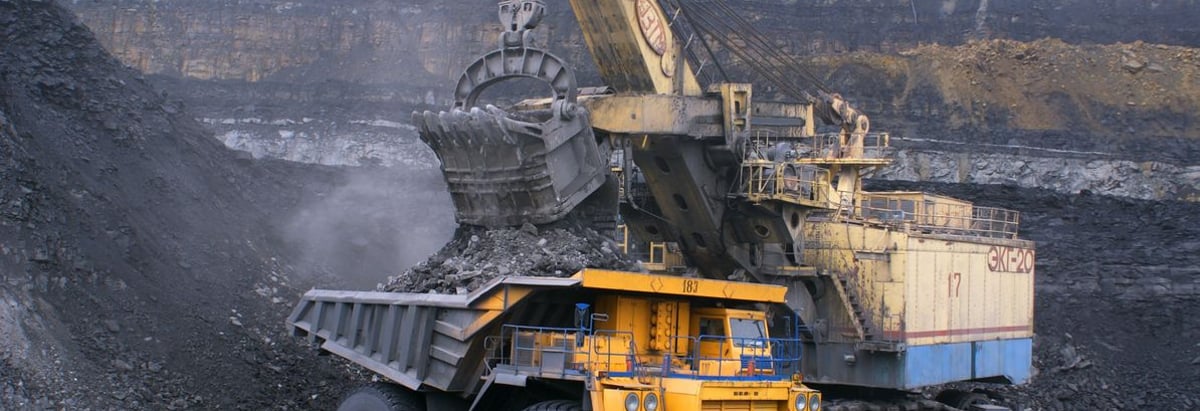Stock Analysis

There's no doubt that money can be made by owning shares of unprofitable businesses. For example, biotech and mining exploration companies often lose money for years before finding success with a new treatment or mineral discovery. Nonetheless, only a fool would ignore the risk that a loss making company burns through its cash too quickly.
So should Ur-Energy (TSE:URE) shareholders be worried about its cash burn? For the purposes of this article, cash burn is the annual rate at which an unprofitable company spends cash to fund its growth; its negative free cash flow. First, we'll determine its cash runway by comparing its cash burn with its cash reserves.
See our latest analysis for Ur-Energy
Does Ur-Energy Have A Long Cash Runway?
A company's cash runway is calculated by dividing its cash hoard by its cash burn. When Ur-Energy last reported its September 2024 balance sheet in November 2024, it had zero debt and cash worth US$118m. Looking at the last year, the company burnt through US$39m. So it had a cash runway of about 3.1 years from September 2024. Importantly, though, analysts think that Ur-Energy will reach cashflow breakeven before then. If that happens, then the length of its cash runway, today, would become a moot point. You can see how its cash balance has changed over time in the image below.
How Well Is Ur-Energy Growing?
Ur-Energy actually ramped up its cash burn by a whopping 56% in the last year, which shows it is boosting investment in the business. But the silver lining is that operating revenue increased by 35% in that time. On balance, we'd say the company is improving over time. Clearly, however, the crucial factor is whether the company will grow its business going forward. So you might want to take a peek at how much the company is expected to grow in the next few years.
How Easily Can Ur-Energy Raise Cash?
We are certainly impressed with the progress Ur-Energy has made over the last year, but it is also worth considering how costly it would be if it wanted to raise more cash to fund faster growth. Companies can raise capital through either debt or equity. Commonly, a business will sell new shares in itself to raise cash and drive growth. By comparing a company's annual cash burn to its total market capitalisation, we can estimate roughly how many shares it would have to issue in order to run the company for another year (at the same burn rate).
Ur-Energy has a market capitalisation of US$415m and burnt through US$39m last year, which is 9.3% of the company's market value. That's a low proportion, so we figure the company would be able to raise more cash to fund growth, with a little dilution, or even to simply borrow some money.
How Risky Is Ur-Energy's Cash Burn Situation?
It may already be apparent to you that we're relatively comfortable with the way Ur-Energy is burning through its cash. For example, we think its cash runway suggests that the company is on a good path. Although its increasing cash burn does give us reason for pause, the other metrics we discussed in this article form a positive picture overall. It's clearly very positive to see that analysts are forecasting the company will break even fairly soon. Taking all the factors in this report into account, we're not at all worried about its cash burn, as the business appears well capitalized to spend as needs be. Separately, we looked at different risks affecting the company and spotted 2 warning signs for Ur-Energy (of which 1 doesn't sit too well with us!) you should know about.
Of course Ur-Energy may not be the best stock to buy. So you may wish to see this free collection of companies boasting high return on equity, or this list of stocks with high insider ownership.
New: AI Stock Screener & Alerts
Our new AI Stock Screener scans the market every day to uncover opportunities.
• Dividend Powerhouses (3%+ Yield)
• Undervalued Small Caps with Insider Buying
• High growth Tech and AI Companies
Or build your own from over 50 metrics.
Have feedback on this article? Concerned about the content? Get in touch with us directly. Alternatively, email editorial-team (at) simplywallst.com.
This article by Simply Wall St is general in nature. We provide commentary based on historical data and analyst forecasts only using an unbiased methodology and our articles are not intended to be financial advice. It does not constitute a recommendation to buy or sell any stock, and does not take account of your objectives, or your financial situation. We aim to bring you long-term focused analysis driven by fundamental data. Note that our analysis may not factor in the latest price-sensitive company announcements or qualitative material. Simply Wall St has no position in any stocks mentioned.
About TSX:URE
Ur-Energy
Engages in the acquisition, exploration, development, and operation of uranium mineral properties.

